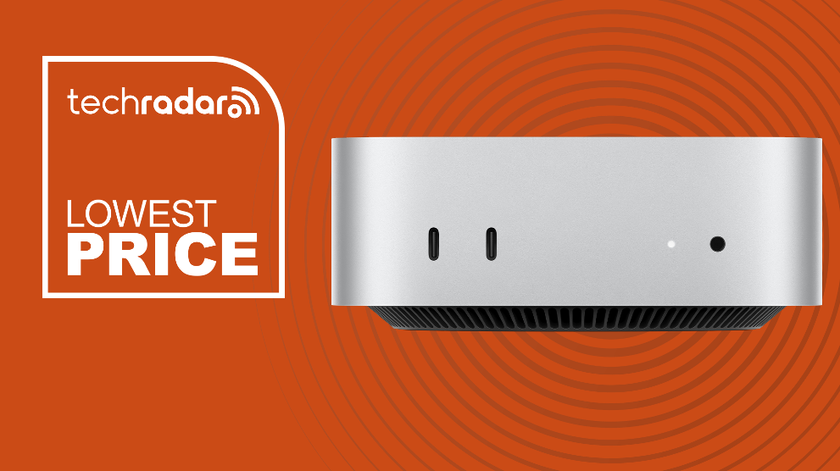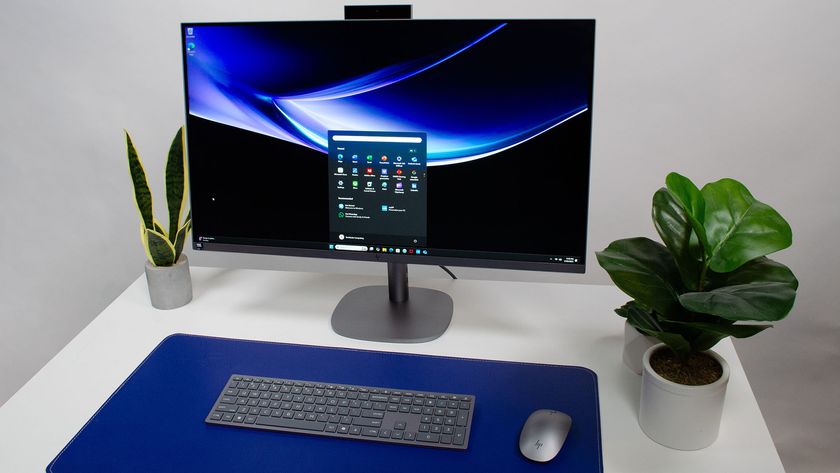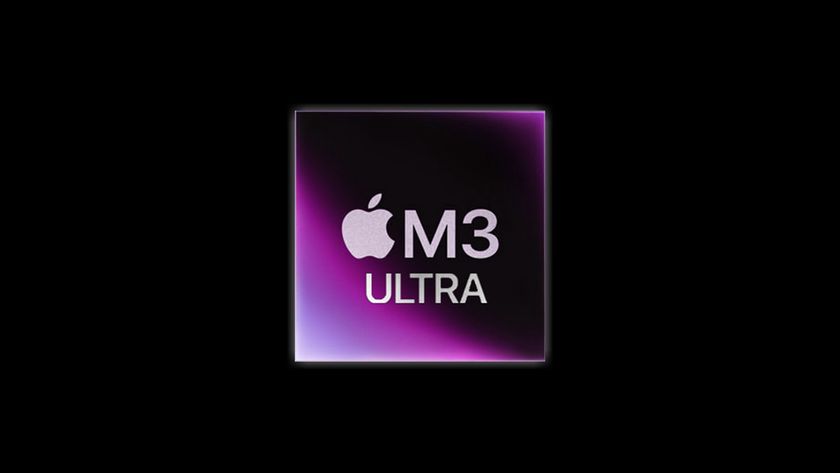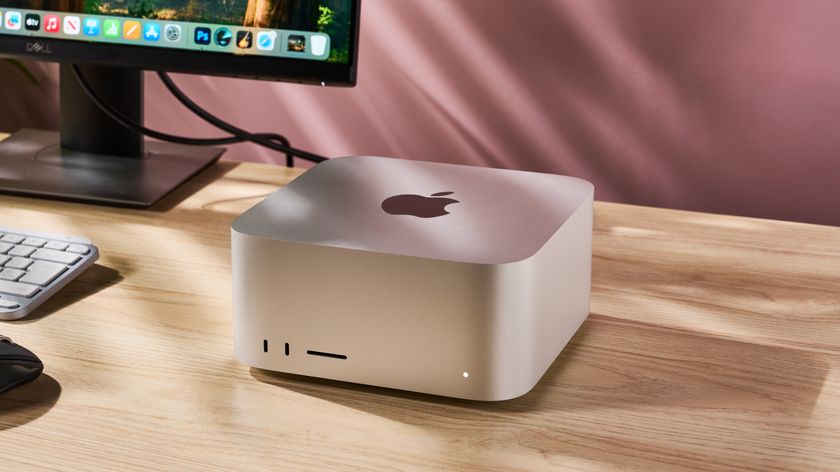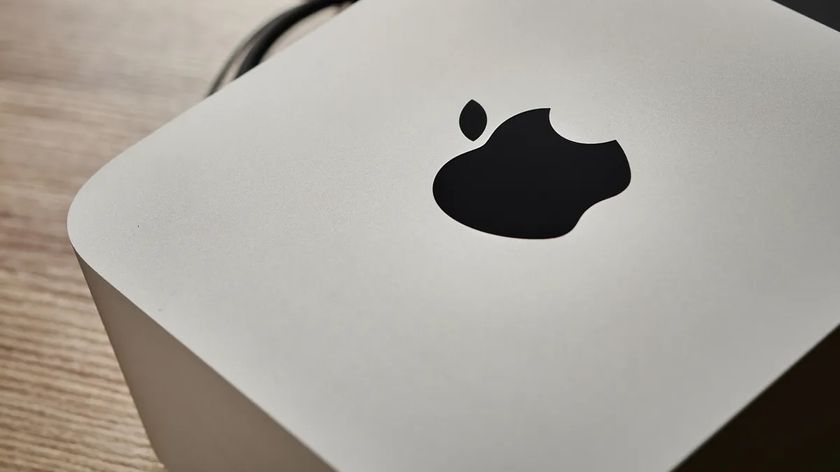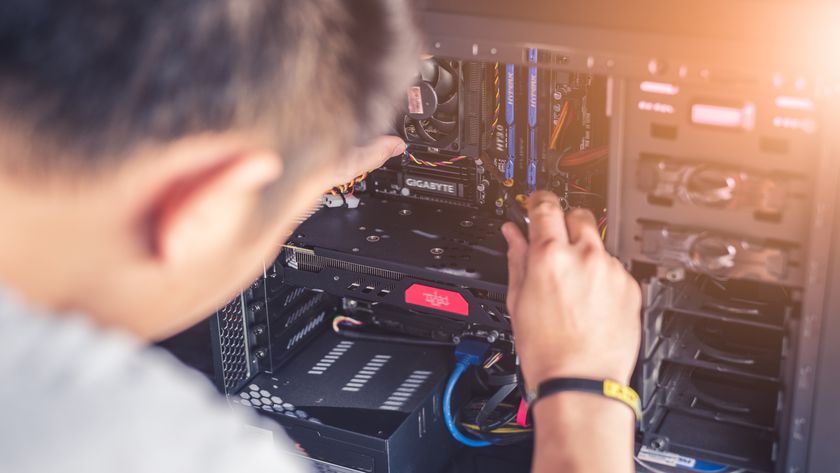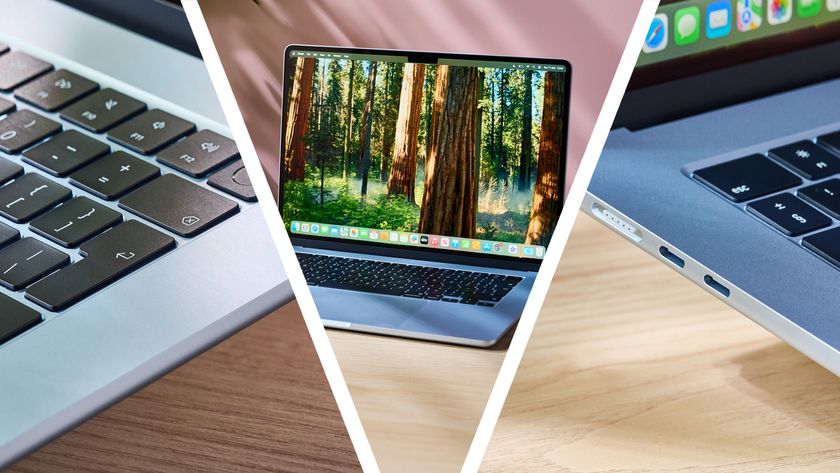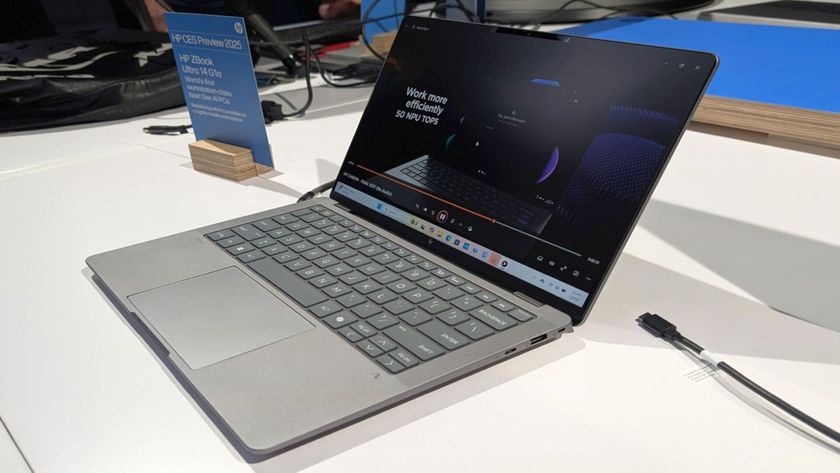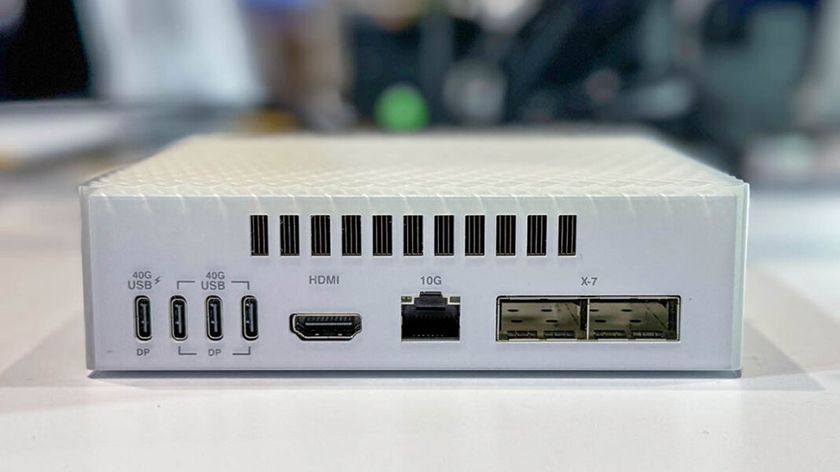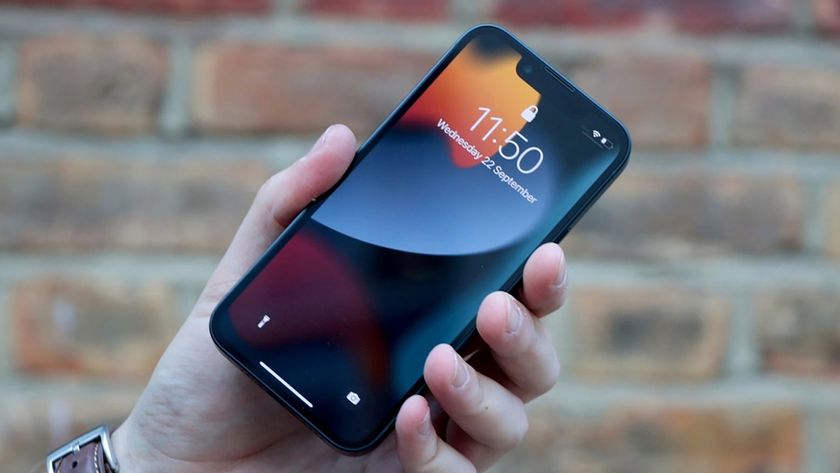Resolution revolution: why are desktops so late to the 4K party?
Eight million reasons to upscale
Aping Apple
Of course, smartphones and tablets aren't PCs, so maybe that comparison isn't fair. Problem is, laptop PCs and Ultrabooks have been getting in on the action, too. Once again, it was Apple that set the tone with the first MacBook Retina models and their bonkers 2,880 by 1,800 pixel 15-inch panels, again well over a year ago.
"That's not a PC," you say? In hardware terms, a MacBook is a PC and will run Windows happily enough. Anyway, with the likes of Dell now producing 11in Ultrabooks with 2,560 x 1,440 pixel panels, you know that the high-resolution revolution has gone mainstream.

Moreover, much as it pains us to say it, we have Apple to thank for this burgeoning high-resolution revolution in digital devices. It was Apple that got high-res into the public consciousness with its Retina displays for tablets and phones.
Without those, at the very least, the revolution would have been much longer coming. The final piece of the broader display puzzle is, of course, the HDTV. Fair to say, it's a little more immune to the influence of all things Apple, but even here, the next big thing is actually smaller pixels. 4K technology is beginning to build momentum.
Sharp Shooter
In case you've missed our coverage of 4K in TechRadar's passim, it refers to the number of horizontal pixels – in this case 4,000. The number actually varies a little in practice. Unlike the 1080p standard, which is always 1,920 by 1,080 pixels, a 4K display might have slightly fewer than 4,000 horizontal pixels, or slightly more. The vertical pixel count varies too, but is typically around 2,100.
But the finer details don't matter a great deal. Whether you've got 3,840 or 4,000 pixels, the overall result is still a panel with roughly four times as many pixels as a 1080p display. Four times the pixels, four times the visual detail.
The first 4K PC monitors arrived but at fairly eye-watering prices of around £3,000, but that is changing fairly rapidly. What's more, the idea of using an HDTV as a PC monitor might actually make sense with 4K. Our thinking goes something like this.
Get daily insight, inspiration and deals in your inbox
Sign up for breaking news, reviews, opinion, top tech deals, and more.
With 1080p technology, a really big screen – say 40-inch and up – meant really big pixels. Fine when viewing from 10 feet away. Bad when it's a PC monitor a foot and a half from your face. But a 40in 4K screen would have a pixel pitch as good as, or better than most current monitors. Food for thought.
High-res doldrums
Anyway, put all that together and you've got displays big and small going super high-res, and the PC trapped awkwardly in the middle. Fortunately, that's beginning to change. Actually, we thought it was beginning to change back in 2006 when Dell rolled out the 2,560 x 1,600 30in 3007WFP, but 30in panels never really took off and aren't a whole lot cheaper today than they were in 2006.
Instead, it's the 27in 2,560 x 1,440 segment that's finally giving the high-res monitor market a proper kick start. For a while, only one manufacturer was producing 27in high-res screens, namely LG. Sure, you could buy 27-inchers from plenty of monitor makers, but they all used the same panel. That's not good, because a single supplier isn't conducive to competitive pricing.
Then Samsung came on board, and more recently AU Optronics has got in on the game too. For us, AU Optronics' entry is the most significant. That's partly because AU Optronics tends to operate towards the value end of the market, pricing its panels aggressively, but it's also because it uses its own panel technology (AHVA or Advanced Hyper Viewing Angle).
It's really AU Optronics' take on IPS, but again it adds to competition and choice. Of course, with any exciting new technology there has to be something that threatens to spoil to party, and that something is graphics performance.
Current page: 4K is here to stay
Prev Page Welcome to the revolution Next Page Video cards must now catch upTechnology and cars. Increasingly the twain shall meet. Which is handy, because Jeremy (Twitter) is addicted to both. Long-time tech journalist, former editor of iCar magazine and incumbent car guru for T3 magazine, Jeremy reckons in-car technology is about to go thermonuclear. No, not exploding cars. That would be silly. And dangerous. But rather an explosive period of unprecedented innovation. Enjoy the ride.
